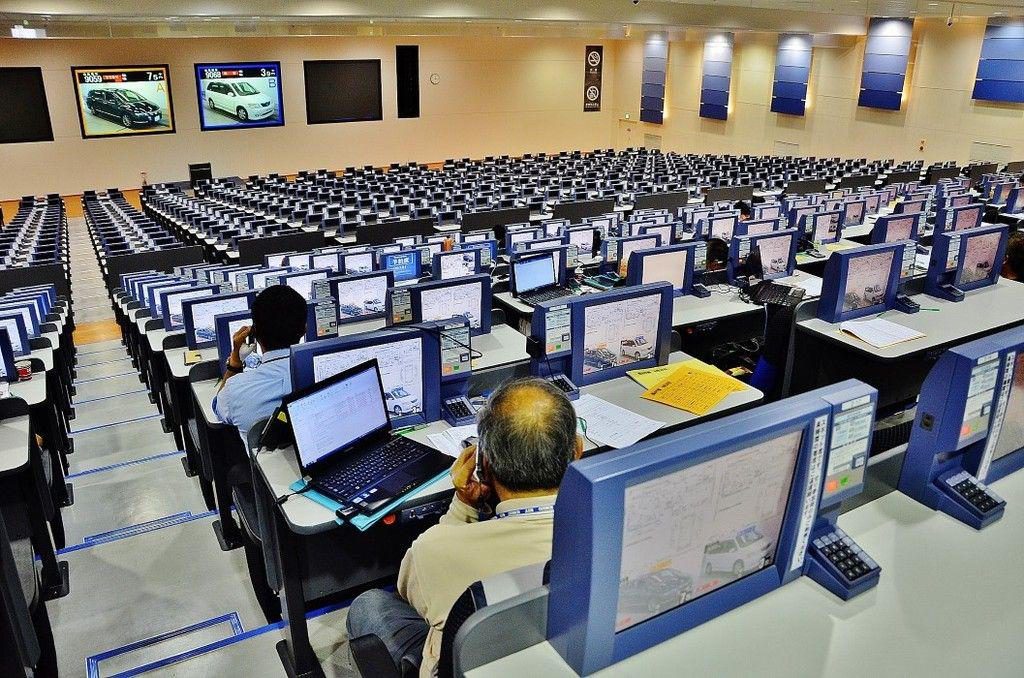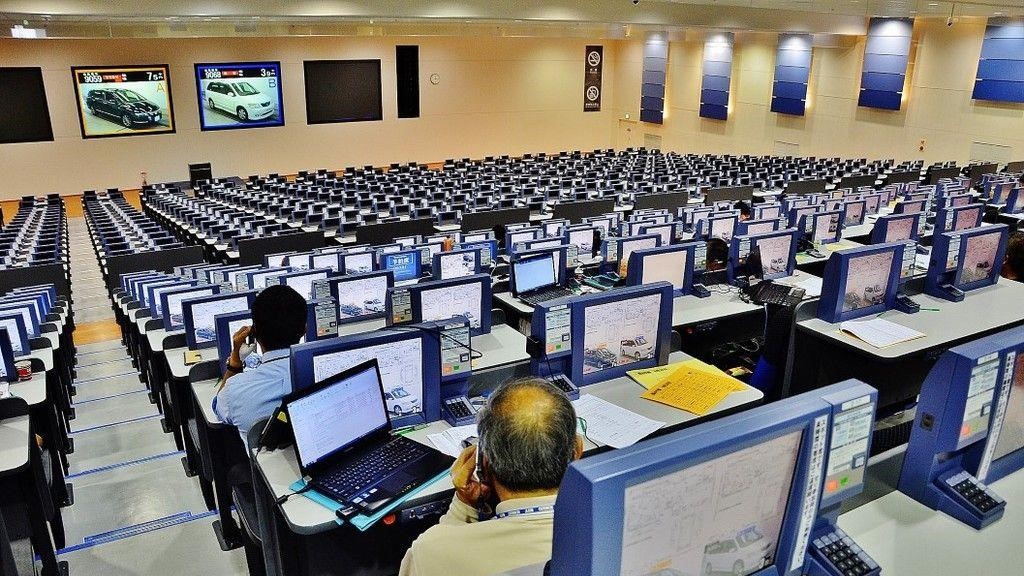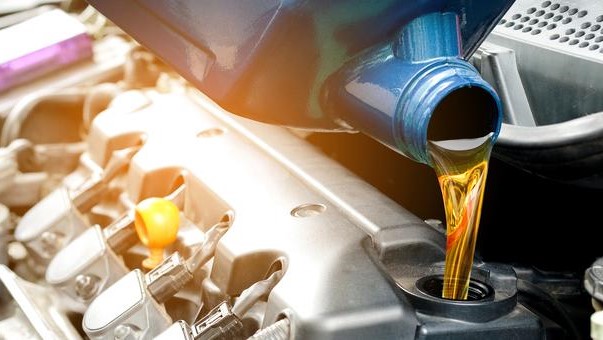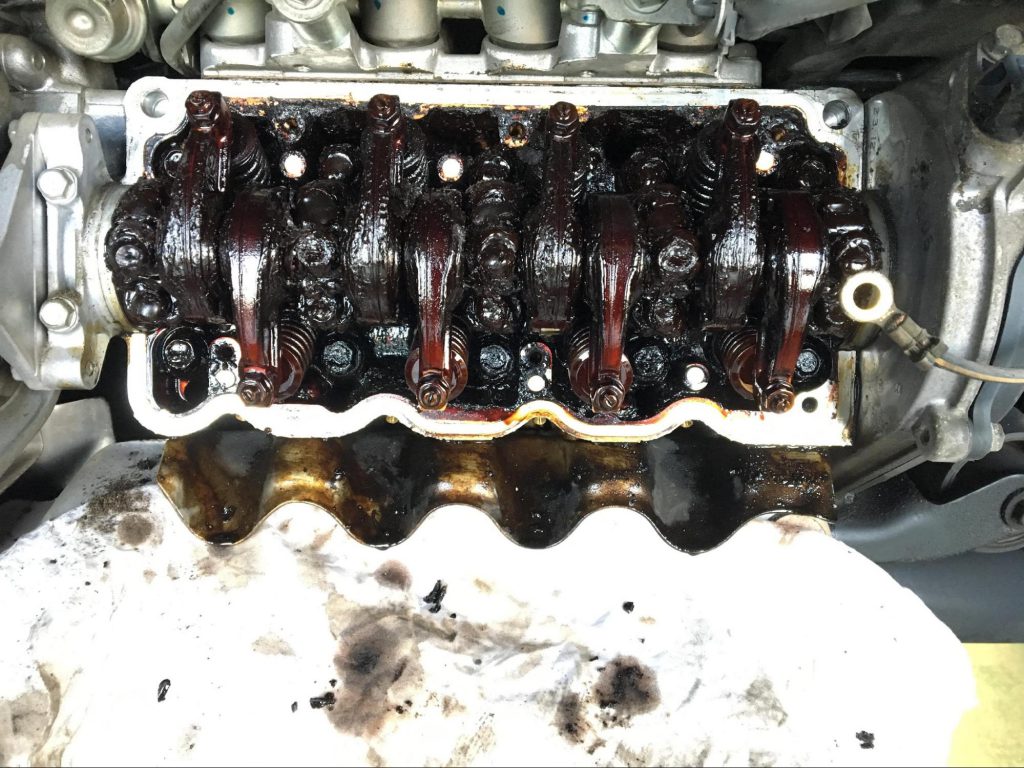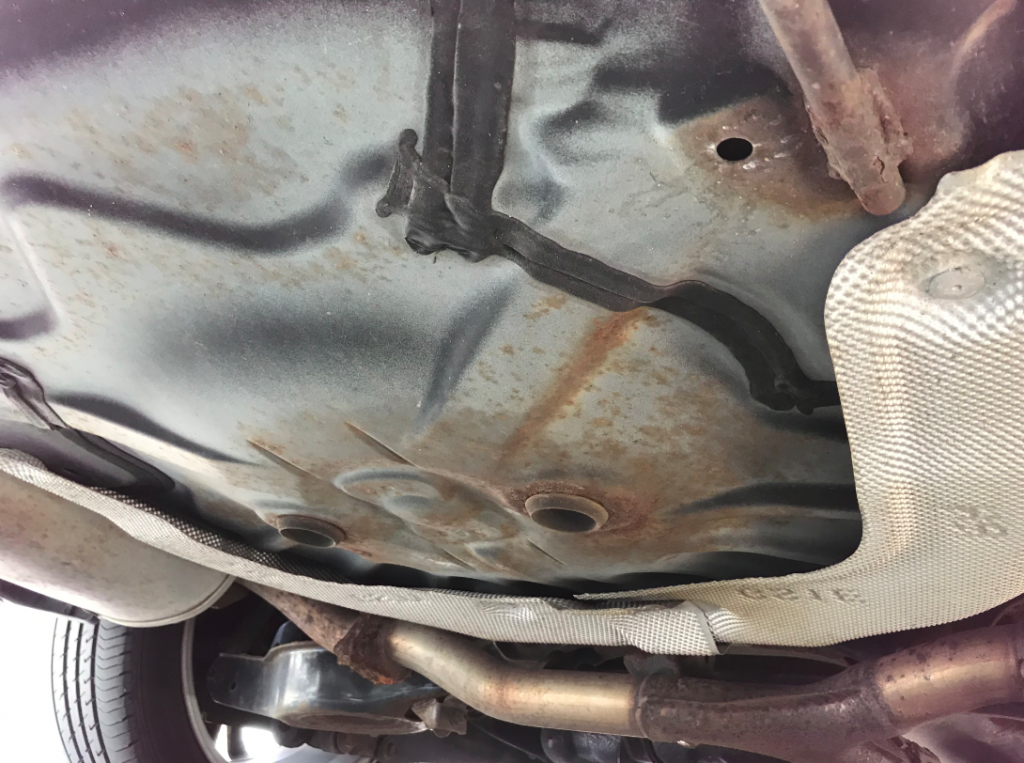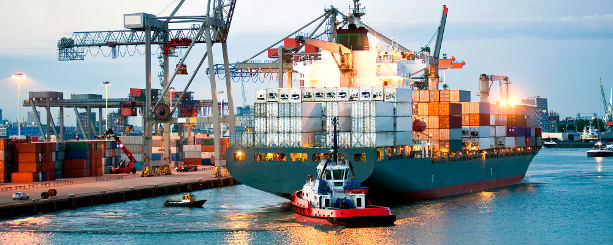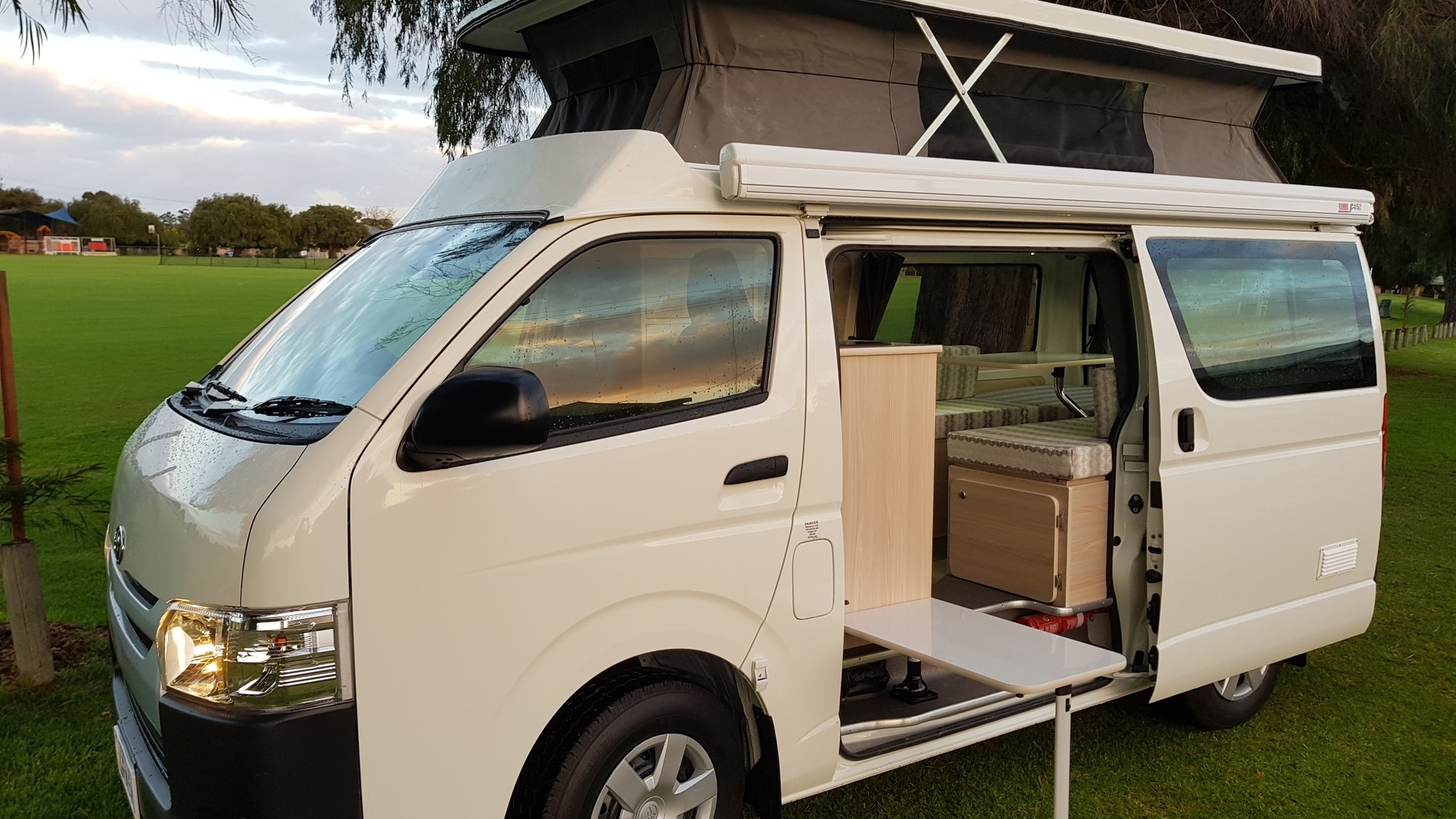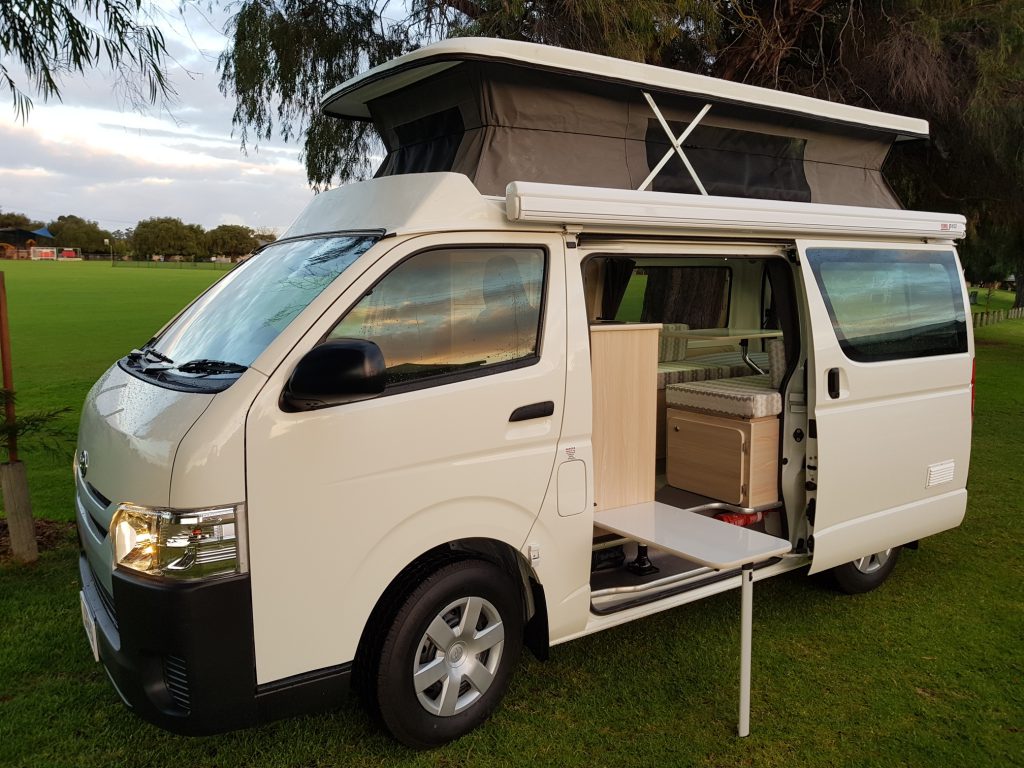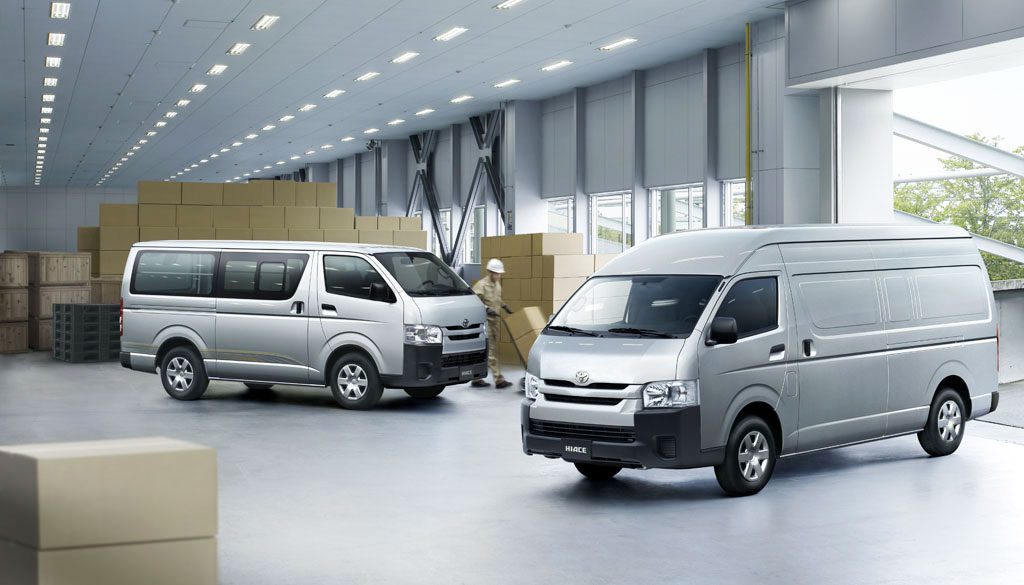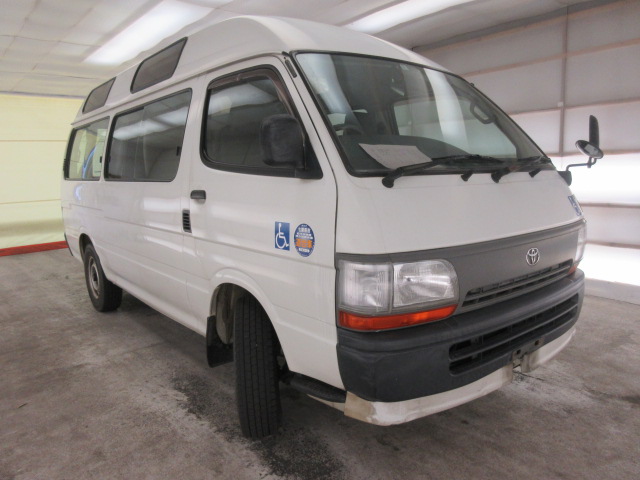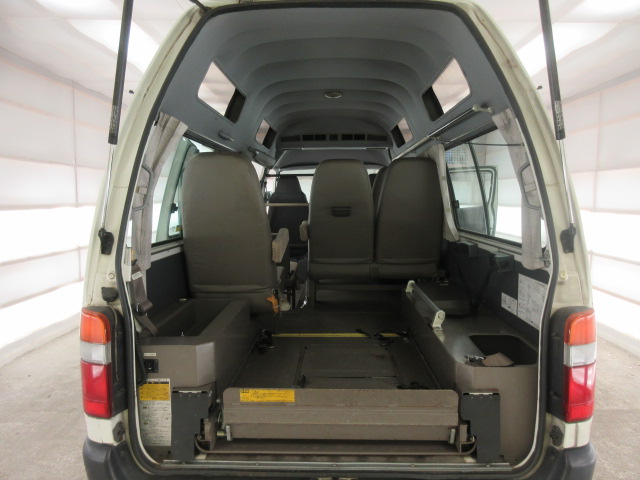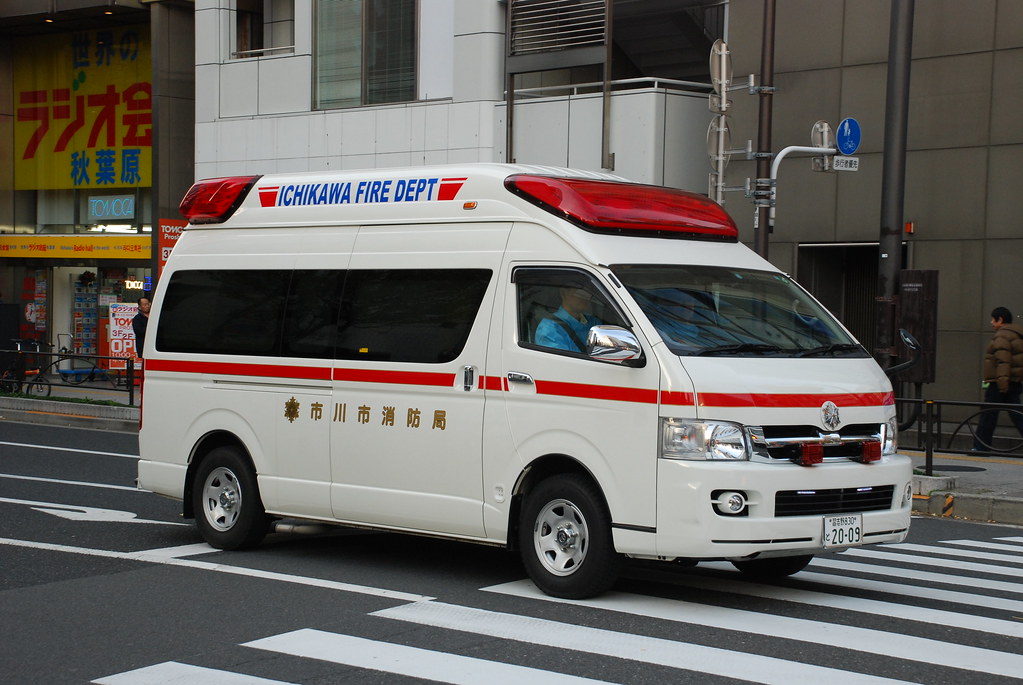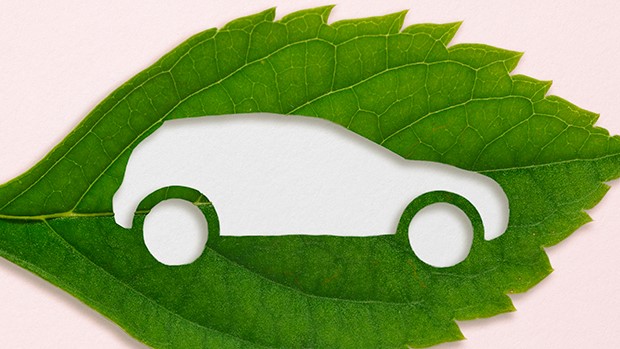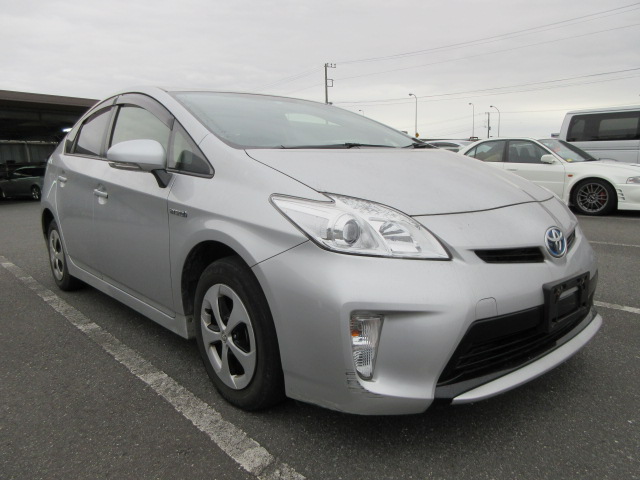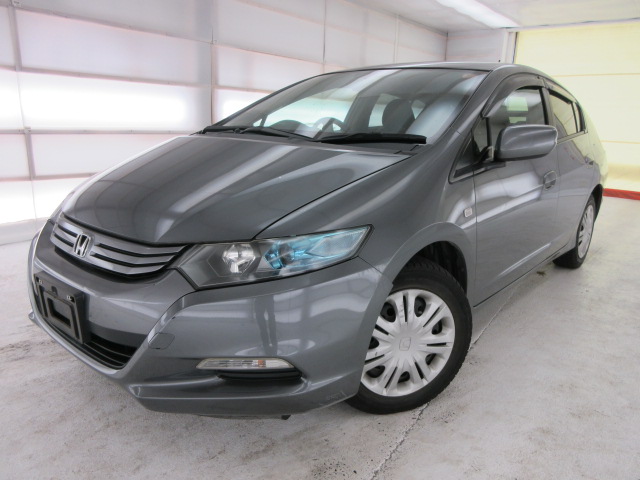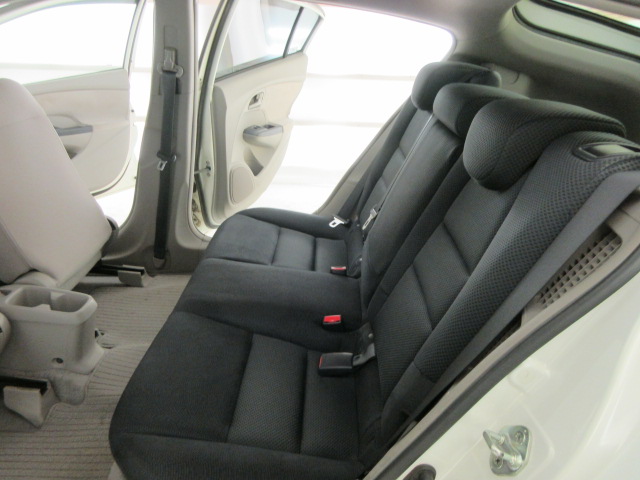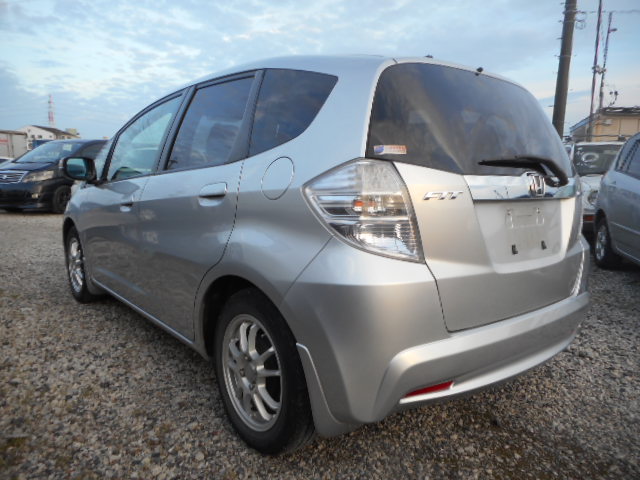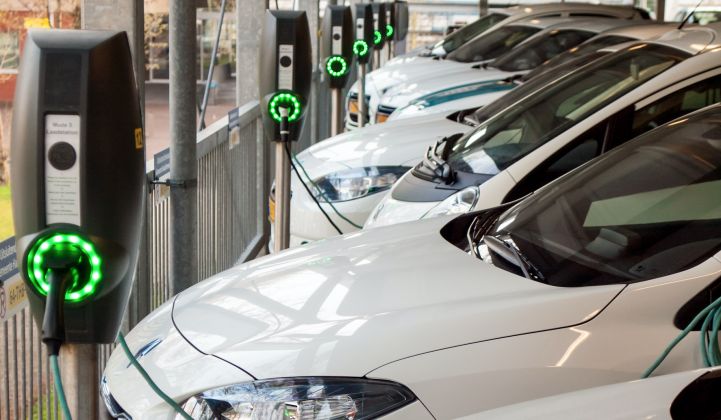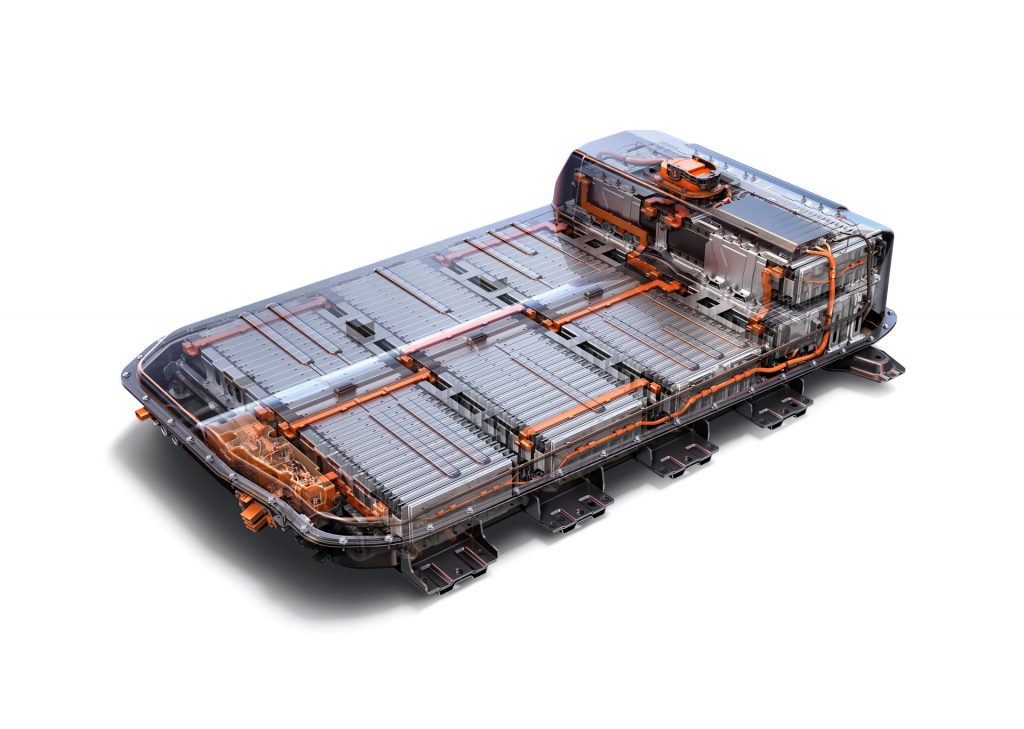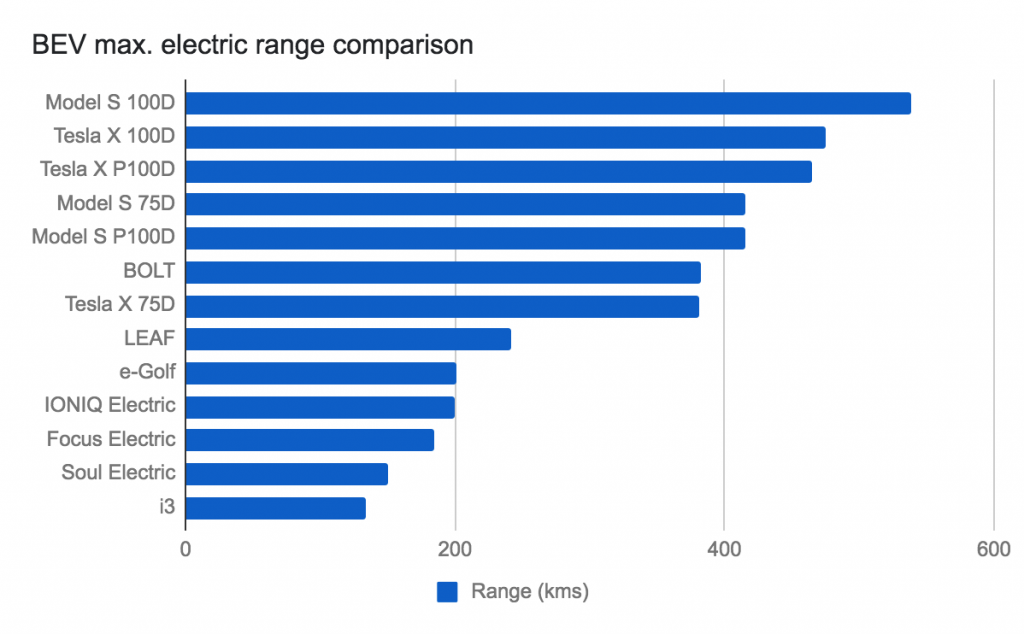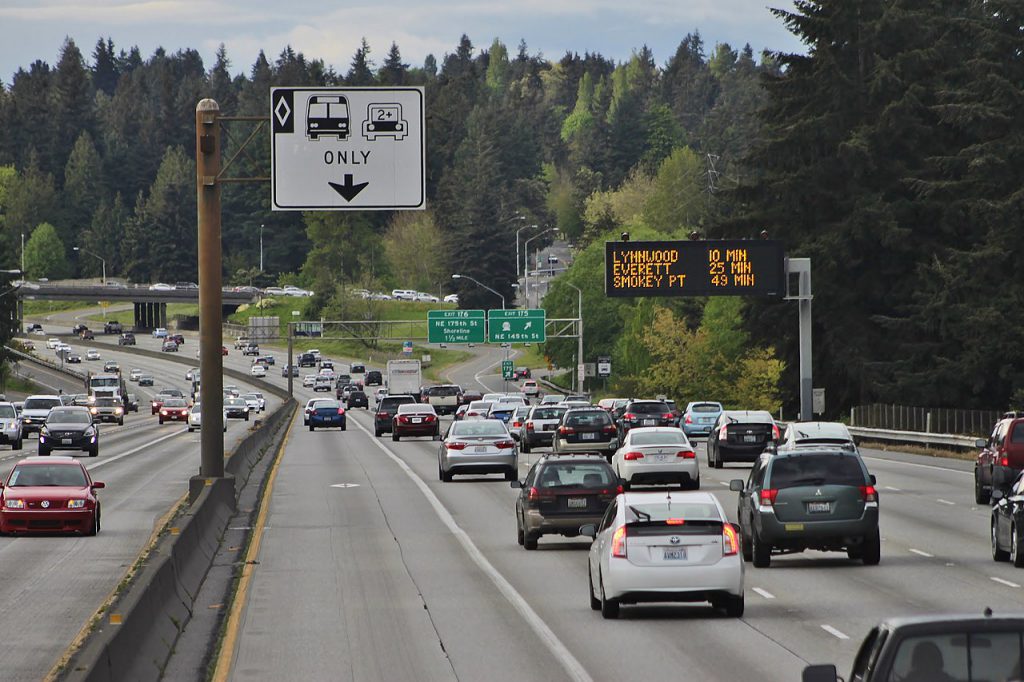¡Atencion a todos los importadores !!
Apartir del 1 de Enero del 2020 abra una nueva limitación del contenido de azufre en los combustibles para el transporte marítimo.
Esto quiere decir que todos los buques deven cumplir con la IMO 2020, la normativa de la Organización Marítima Internacional (IMO en sus siglas en inglés) que entrará en vigor el 1 de enero de 2020. La regulación IMO limitará el contenido de azufre en los combustibles para el transporte marítimo, pasando de un 3,5% permitido actualmente, al 0,5% en 2020.
Así, el límite de azufre del 0.5% es una reducción significativa del límite global actual de 3.5%, que se ha mantenido hasta la fecha. Además, también prevén la reducción progresiva de las emisiones de óxido de azufre (SOx), óxido de nitrógeno (NOx) y materia particulada (PM) a nivel mundial y la creación de las ECA con el fin de reducir aún más las emisiones de contaminantes atmosféricos en las zonas marítimas designadas.
Todo esto quiere decir que las navieras tendran que cambiar de combustible , cambiar los filtros , cambiar de motor o cambiar de buque para cumplir con la nueva normativa IMO 2020. Todo esto ara que las navieras tenga gastos enormes para poder modificar el sistema de contaminacion de sus buques afectando el costo del flete maritimo se incrimente de una forma fenomena.
Faltando menos de 3 meses para el comienso de la IMO 2020, una de las mas navieras mas famosas del mundo “ Maersk “ implementa nueva tarifa de combustible ambiental por IMO 2020.
Via la pagina web de “ Maersk “
Actualización sobre el factor de ajuste de búnker (BAF) y la nueva tarifa de combustible ambiental (EFF)
11 septiembre 2019
A partir del 1 de enero de 2020, entrará en vigor una nueva regulación para reducir la contaminación del aire de los barcos a nivel mundial. Mientras que hoy en día los barcos pueden usar combustible con un contenido de azufre de hasta 3.5% (fuera de las áreas de control de emisiones), el nuevo límite global de azufre será de 0.5%.
El costo del cumplimiento de la nueva regulación será significativo, por lo que el costo de envío aumentará.
Actualización sobre el factor de ajuste de búnker (BAF)
Como se comunicó anteriormente, nuestro Factor de ajuste de búnker (BAF) revisado está diseñado para ajustar las tarifas del contrato dentro de la duración de un contrato, en función de las fluctuaciones en los costos relacionados con el combustible. Se aplica a contratos con una validez de más de 3 meses.
En 2019, hemos utilizado el precio del combustible para combustible con alto contenido de azufre (3.5% de azufre) para calcular el BAF. A partir del 1 de enero de 2020, la tarifa BAF se calculará en función del precio del combustible para gasóleo de azufre al 0,1% con una deducción fija de 50 USD / tonelada.
Nueva tarifa de combustible ambiental (EFF)
A partir del 1 de diciembre de 2019, Maersk introducirá una tarifa de combustible ambiental (EFF) en todas las transacciones, que se aplicará a todos los negocios spot y contratos con validez de hasta 3 meses.
El arancel del FEP será específico para el comercio y reflejará los aumentos de costos relacionados con el combustible que resultan del cumplimiento de la regulación IMO 2020 (calculada como la diferencia de precio entre el combustible con alto contenido de azufre y el combustible con bajo contenido de azufre multiplicado por un factor comercial).
Las tarifas de EFF solo se revisarán en caso de fluctuaciones significativas del precio del combustible (más de 50 USD / tonelada).
Las tarifas del FEP aplicables a partir del 1 de diciembre de 2019 se anunciarán a fines de octubre de 2019.
No dude en comunicarse con su representante local de Maersk si tiene alguna pregunta sobre el impacto en su negocio de la regulación IMO 2020.
Asi como la naviera “ Maersk “ ya declaro que abra una alsa de combustible eso tambien lo hara las demas navieras y todos los costos de los transportes maritimos se incrementaran.
Todavia no esta todo declarado por todas las navieras como actuaran con esta nueva regulacion IMO 2020, asi que mientran los costos maritimos acuales no suban imediatamente , seria muy recomendable embarcar toda la mercancia posible.
